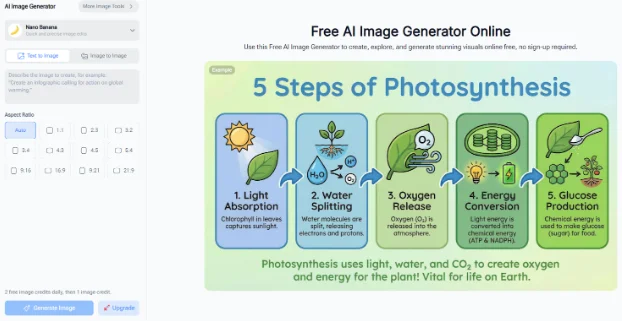Staying Ahead: Navigating the Future of Regulatory Tech in Finance

The financial industry is at the forefront of a technological revolution, with regulatory tech playing a pivotal role in shaping the future of finance. As financial institutions strive to stay ahead, understanding and integrating these advancements into compliance strategies is crucial.
In today’s rapidly evolving regulatory landscape, financial institutions must adopt innovative technologies to maintain compliance and competitive advantage. The integration of AI in compliance is essential, offering tools that enhance data analysis, streamline operations and predict regulatory changes. By leveraging these technologies, organizations can not only meet current standards but also anticipate future regulatory demands.
Emerging Technologies in Regulatory Tech
Emerging technologies are transforming how compliance is managed within the financial sector. AI and machine learning are at the forefront, enabling real-time data processing and analysis. These technologies provide financial institutions with the ability to maintain accurate records and adhere to regulatory standards effectively. They also help identify potential risks before they escalate, ensuring proactive compliance management. AI in compliance technologies is rapidly evolving to address these challenges with increased accuracy and efficiency.
AI-driven systems offer the flexibility to adapt to new regulations swiftly, reducing the risk of non-compliance and associated penalties. By staying informed about technological advancements, institutions can maintain a competitive edge and ensure their compliance strategies are robust and forward-thinking.
Moreover, the adoption of technology in compliance processes leads to significant cost efficiencies. Automated systems reduce manual labor and the time spent on repetitive tasks, allowing teams to focus on strategic initiatives such as risk management and client relations. This proactive approach to regulatory challenges positions organizations as leaders in the industry.
Enhancing Risk Assessment with Technology
Risk assessment is a cornerstone of effective compliance strategies. Emerging technologies enhance the ability to assess and manage risks with precision. AI tools can analyze patterns and predict potential risks more accurately than traditional methods, enabling institutions to take proactive measures before issues arise.
Machine learning algorithms continuously improve as they process new data, making risk assessment processes more robust and reliable over time. By integrating these tools, organizations can identify potential threats early and implement timely interventions to mitigate risks.
Additionally, these technologies facilitate improved communication across departments, providing a centralized platform for data sharing and analysis. This ensures that all stakeholders have access to the information necessary for informed decision-making, fostering collaboration and reducing the likelihood of oversight.
Optimizing Operational Efficiency Through Tech
Operational efficiency is greatly enhanced by the integration of technology into compliance strategies. Automation tools streamline routine tasks such as reporting and documentation, freeing up resources for more value-added activities. This shift not only boosts productivity but also enhances overall operational performance.
By optimizing processes through technology, institutions can respond swiftly to regulatory changes without disrupting daily operations. This agility is crucial for maintaining compliance while effectively pursuing business objectives. Improved efficiency also translates into better client service, as resources are allocated more strategically.
Incorporating technological solutions into compliance strategies demonstrates a commitment to innovation and progressiveness. Adopting cutting-edge tools positions organizations as leaders capable of adapting to changing regulatory landscapes efficiently, strengthening compliance efforts and driving long-term success.
The Future of Regulatory Tech in Finance
The future of regulatory tech in finance is closely linked with ongoing technological innovation. As financial institutions increasingly adopt AI-driven solutions, staying abreast of regulatory tech trends is imperative for sustained growth and competitiveness. This ensures that compliance strategies remain aligned with industry standards while anticipating future developments.
When implementing new technologies, it is essential to align them with organizational goals and values. These tools should complement existing structures without compromising core principles or ethical considerations. In this way, technology serves as an enabler rather than a disruptor within compliance frameworks.
As the regulatory environment continues to evolve rapidly, driven by technological advancements, remaining adaptable in compliance management approaches is crucial. Proactively adopting innovative solutions ensures not only survival but thriving success amidst changing landscapes.

Hy Vee Huddle: A Complete Informational Guide

The Connection Between Accounting Firms And Regulatory Compliance

Why Smart Startups Choose Custom AI Business Solutions Today

The Digital Lifeline: How Technology is Revolutionizing Addiction Recovery

From Clicks to Clients: Why Trust-First Local SEO Wins the Long Game

Mastering Financial Accuracy: The Crucial Role of Bookkeeping in Modern Business

Forgot Your iPhone Password? Here’s How to Unlock It Easily

How Strikes and Step Through Bikes Are Using Tech for Better Range








